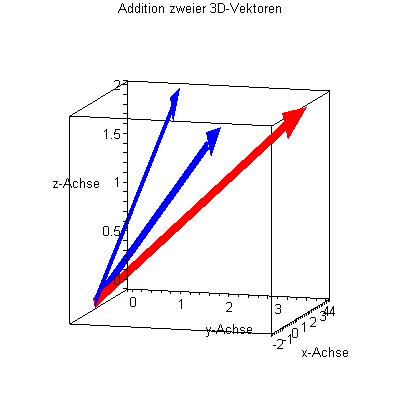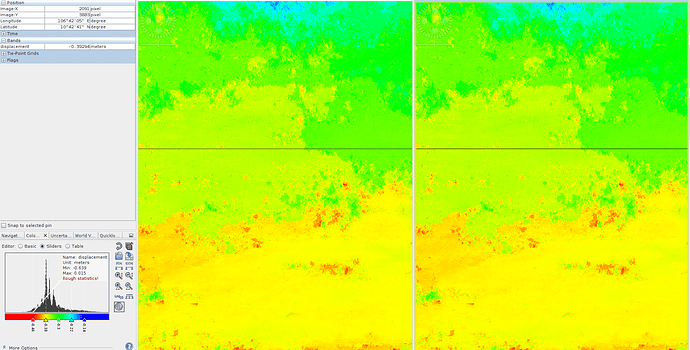Fantastic! Thanks! Any other hidden tricks I should know?
hmm, I do not know any other hidden tricks. That’s all you need
Thank you so much! 
Where did you get 5.6 from?
Are you just using the standard C-Band wavelength?
yeah, its just the wavelength of C-band
Is Phase to Displacement operator needed to be applied just after I applied this equation to unwrapped phase? Thanks
Instead. You either apply the equation yourself or the tool. Both do the same task but work slightly different. I don’t know the details however.
Hi. After unwrapping I also use that formula to convert to vertical displacement but snap tool doesn’t show any unis so i assume it should be in cm same as the wavelength. But like user sentinelgyb, should we perform Phase to displacement after applying this formula in the band math? or perform terrain correction right away? Thanks!
No. The formula is an alternative to phase to displacement tool. You can directly apply terrain correction on your results (if you entered your wavelength in cm, the result is also cm).
Thanks ABraun for that info it makes sense now
If the formula for the vert disp is = (Unw_Phase_ifg_date * .056) / (-4 * PI * cos(rad(incident_angle))) how to convert for the horizontal or lateral displacement?
Thank you for the help!
SAR is measuring displacement in Line-Of-Sight. It is not possible to project that single measurement onto lateral or vertical without making extra assumptions about the direction of the actual movement. If you have two different LOS using ascending and descending data you will be able to solve the direction of actual movement without extra assumptions.
hi mengdahl. thanks for your input. im only a beginner when it comes to processing sar data. i happen to be able to have two Sentinel 1 A IW SLC (which i think are both descending) does this mean converting LOS to vert disp using the mentioned formula is still not adequate to assume that it is the vert disp? and as for what you mentioned to have actual movement without extra assumption, should i get a Sentinel 1A and 1B as data to process and not same descending data?
Thank you so much for the help
if im able to process LOS for ascending and descending data how can i solve for the actual movement (vert and horizontal from this two LOS? can that be done in SNAP toolbox also? as i assume i’ll have two raster data result for two LOS
thanks again
I think this can be derived mathematically with vectors. You have the displacement and the angle at each pixel. If you make them a vector in both ascending and descending and add both vectors you get the resulting direction.

Please anyone correct me if I’m wrong.
It’s a change of vector basis from LOS-vectors (+the orthogonal 3rd basis vector) to a new 3D vector basis (easting. northing. up). The formulas get quite involved, see for example:
good to see, thanks for sharing. I think this question was asked in here quite often but I didn’t have an answer or a document to refer to. But this seems to be a good approach but as you say, it’s not really trivial to get away from LOS displacement.
Hi there @ABraun , Earlier in this conversation @johngan had explained that the Phase to Displacement tool is used to convert the phase (radians) to LOS Displacement (meters). From there, the equation: vert_disp = (unwrapped phase * wavelength) / (-4pi * cos(rad(incidence angle) )) converts LOS Displacement to Vertical Displacement with the wavelength carrying the units. For Sentinel 1A data, 5.6cm is the wavelength for this satellite and should be used for the wavelength in this equation if you want a result in centimeters. From there, you need to have a known zero in a project area and use the value at that point to reach absolute displacement. You would simply subtract this number from the entire image to have an absolute displacement result. I tend to agree with this methodology, as I have practiced interferometry for some time and have used other software, however, I am new to SNAP and trying to get a good process in place.
Later on in this conversation you state that you shouldn’t use both the Phase to Displacement tool and apply the Vertical Displacement equation, you suggest to use one or the other and that they are essentially the same. Can you please explain why I shouldn’t use both and why @johngan may be incorrect here? I am having discrepancies in my displacement results and I dont’ know why. Somethng is wrong here? I am trying to figure out what the best recipe is for getting this right. Thank you very much for your time, I greatly appreciate you.
Hi dsmilo,
As ABraun stated, you can use either the SNAP tool for converting the phase into displacement or the formula. The results are the same. You do not need to switch between between the formula and the SNAP tool to compute the map displacement. If you want to use SNAP (phase to displacement), stick with it.
Bear in mind that phase to displacement in SNAP is in LOS geometry and not vertical displacement. Below, I have the results of a displacement map (LOS geometry) using both SNAP tool and the equation. On the left, we can see the results obtained by SNAP and on the right, the results obtained by using the equation (unwrapped phase * wavelength(m) / -4 *PI).
As we can see, the results are the same (the unit is in meters). The only difference is in the min values.
SNAP: min -0.645 max 0.015
equation: -0.639 max 0.015
